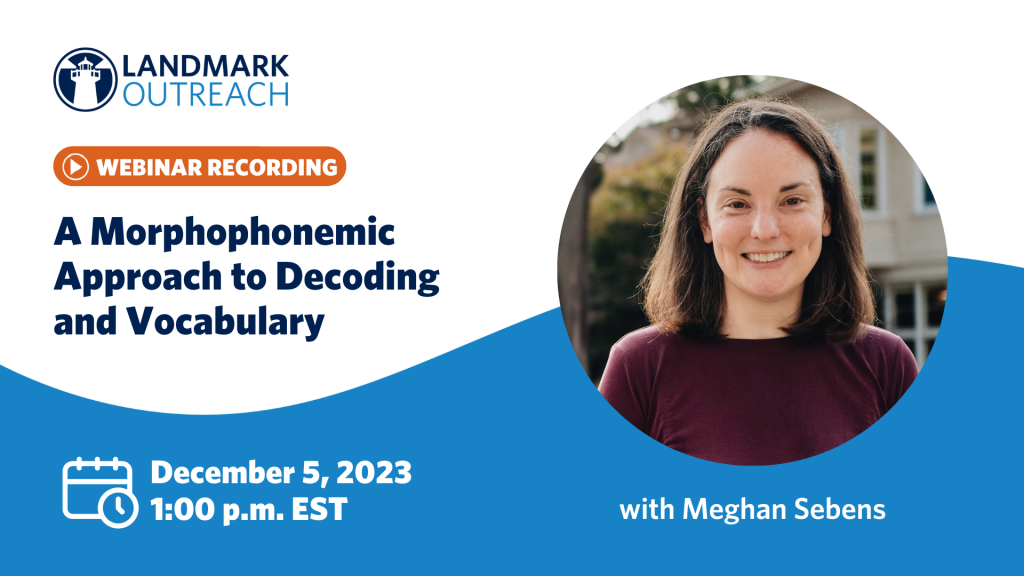Teach Students How to Effectively Collaborate
After completing instruction in the Collaborative Strategic Reading (CSR) methods of preview, click & clunk, get the gist, and wrap-up, the teacher can implement this process through small group work, which is the focus of this resource.
Small Group Work
Oftentimes, the teacher can utilize or adapt this concept of CSR to meet the needs of small group collaboration. By designating groups of four throughout the classroom, the teacher is setting the class up to engage in their own Collaborative Strategic Reading (this could be done in pairs as well). Once in groups, each student will be given a role: group leader, clunk expert, gist expert, and announcer. Together, the groups of students engage in their own process of CSR by working together to arrive at an ideal level of comprehension for any material.
Group Jobs
- The group leader is responsible for keeping the group on task by telling them what to read as well as what strategies they should be using.
- Next, the clunk expert relies on clunk cards and Fix-It Strategies to remind the group what steps to follow when the material has clunked.
- Then, the gist expert guides the group toward determining what information is the most relevant and important.
- Finally, the announcer calls on particular group members to read or share ideas.
Classroom Jobs
This idea of small group CSR can also be applied to the broader delineation of classroom jobs. Whatever the lesson, activity, or assessment being completed in the classroom is, students can be assigned specific jobs that allow each student to engage in the lesson and feel empowered by their role. By putting the emphasis on the students themselves, the instructor is including the student in the learning process, which is the sixth Landmark Teaching Principle™. For the full text of the Landmark Teaching Principles™, specifically “Include Student in Learning Process,” click here.

